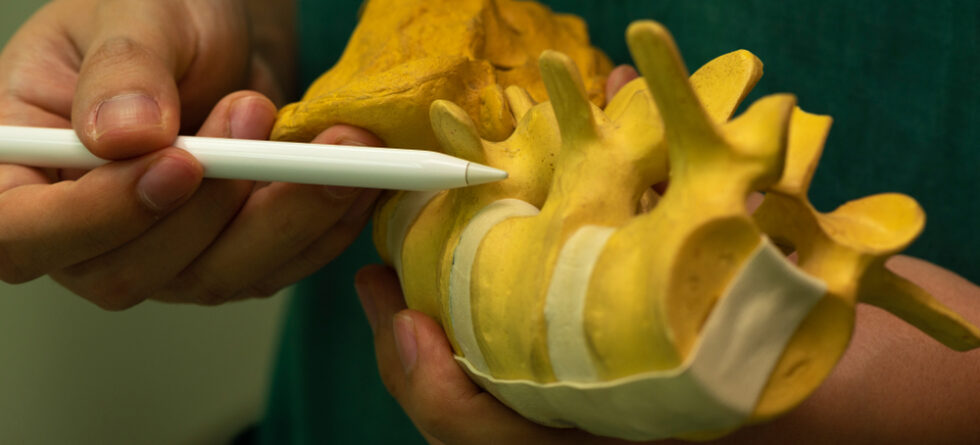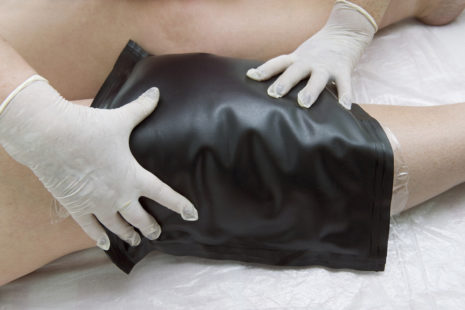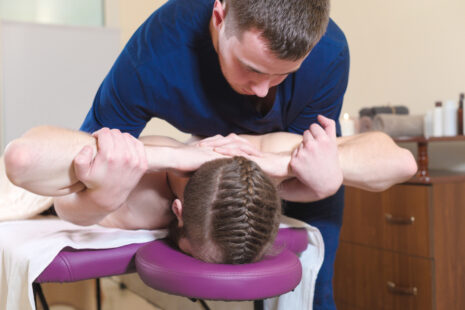The treatment for L4-L5 issues depends on the specific condition or injury affecting the lumbar spine at the L4-L5 level. L4-L5 refers to the fourth and fifth lumbar vertebrae in the lower back, and problems in this area commonly include disc herniation, degenerative disc disease, spinal stenosis, and other conditions that can cause pain and discomfort.
Here are some common treatments for L4-L5 issues…
- Conservative Treatments
- Rest – Avoid activities that exacerbate the pain and give the back time to heal.
- Physical Therapy – A physical therapist can design a customized exercise program to improve strength, flexibility, and stability in the lower back and core muscles. Physical therapy can also include modalities like heat or cold therapy and manual therapy techniques to alleviate symptoms.
- Pain Medications – Over-the-counter or prescription medications may help manage pain and inflammation. Always use them under the guidance of a healthcare professional.
- Lifestyle Modifications – Making changes to daily habits, such as maintaining proper posture, lifting techniques, and avoiding prolonged sitting, can alleviate strain on the L4-L5 area.
- Injections
- Epidural Steroid Injections – These injections deliver anti-inflammatory medications directly into the epidural space around the affected nerve roots to reduce inflammation and alleviate pain.
- Minimally Invasive Procedures
- Lumbar Microdiscectomy – In cases of a herniated disc causing nerve compression and severe pain, a microdiscectomy may be performed to remove the herniated portion of the disc and relieve pressure on the nerve root.
- Spinal Decompression Therapy
- Non-Surgical Decompression – This treatment involves using a traction device to gently stretch the spine, creating negative pressure within the affected disc, which may help reduce pressure on nerves and alleviate pain.
- Bracing – A lumbar brace may be prescribed to provide support and stability to the spine during the healing process.
- Surgery – In some cases, when conservative treatments have not provided sufficient relief or when there is significant nerve compression, surgery may be considered. Surgical options may include discectomy, spinal fusion, or artificial disc replacement.
The best treatment for L4-L5 issues is determined based on the severity of the condition, the individual’s overall health, the presence of neurological symptoms, and the response to conservative treatments. It’s crucial to seek evaluation and advice from a healthcare professional, such as an orthopedic surgeon or a spine specialist, to determine the most appropriate treatment plan for your specific L4-L5 condition. They can provide a proper diagnosis and recommend the best course of action to alleviate pain, improve function, and optimize overall spine health.




